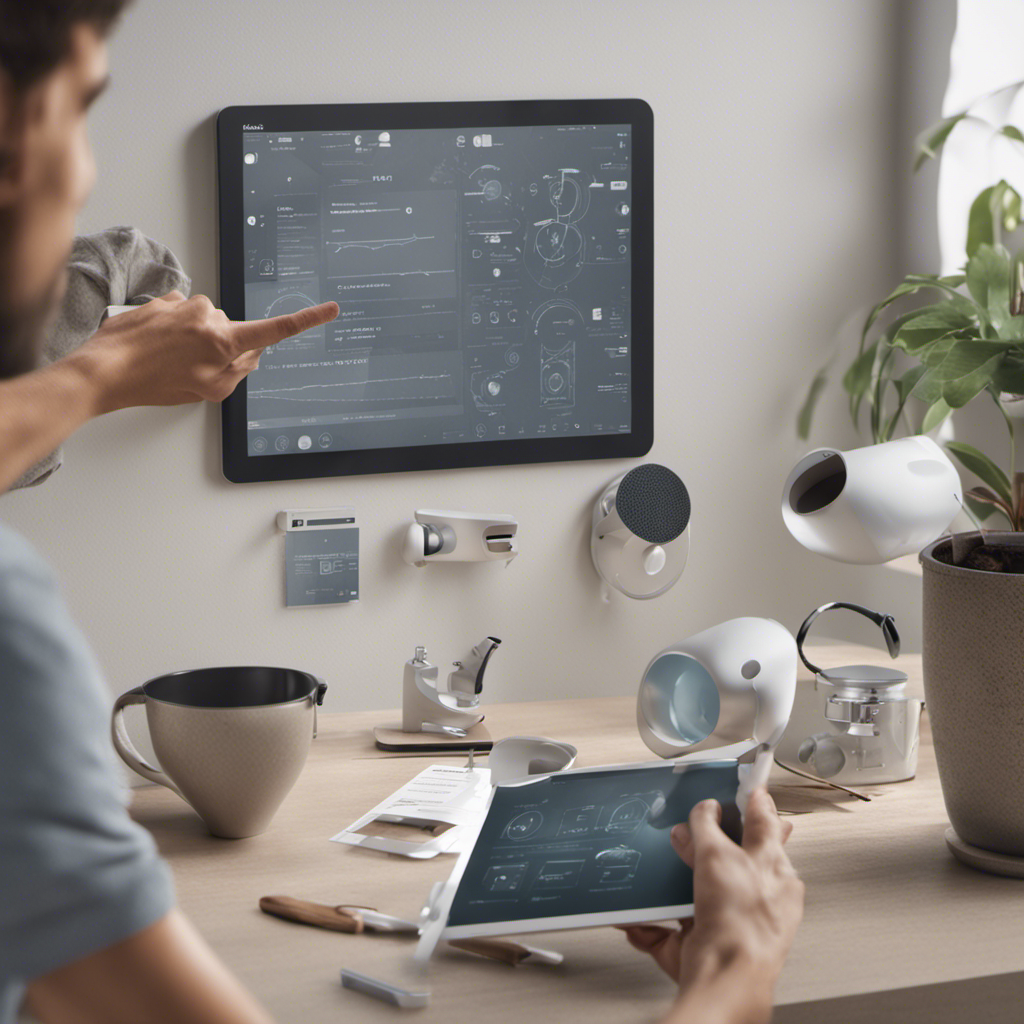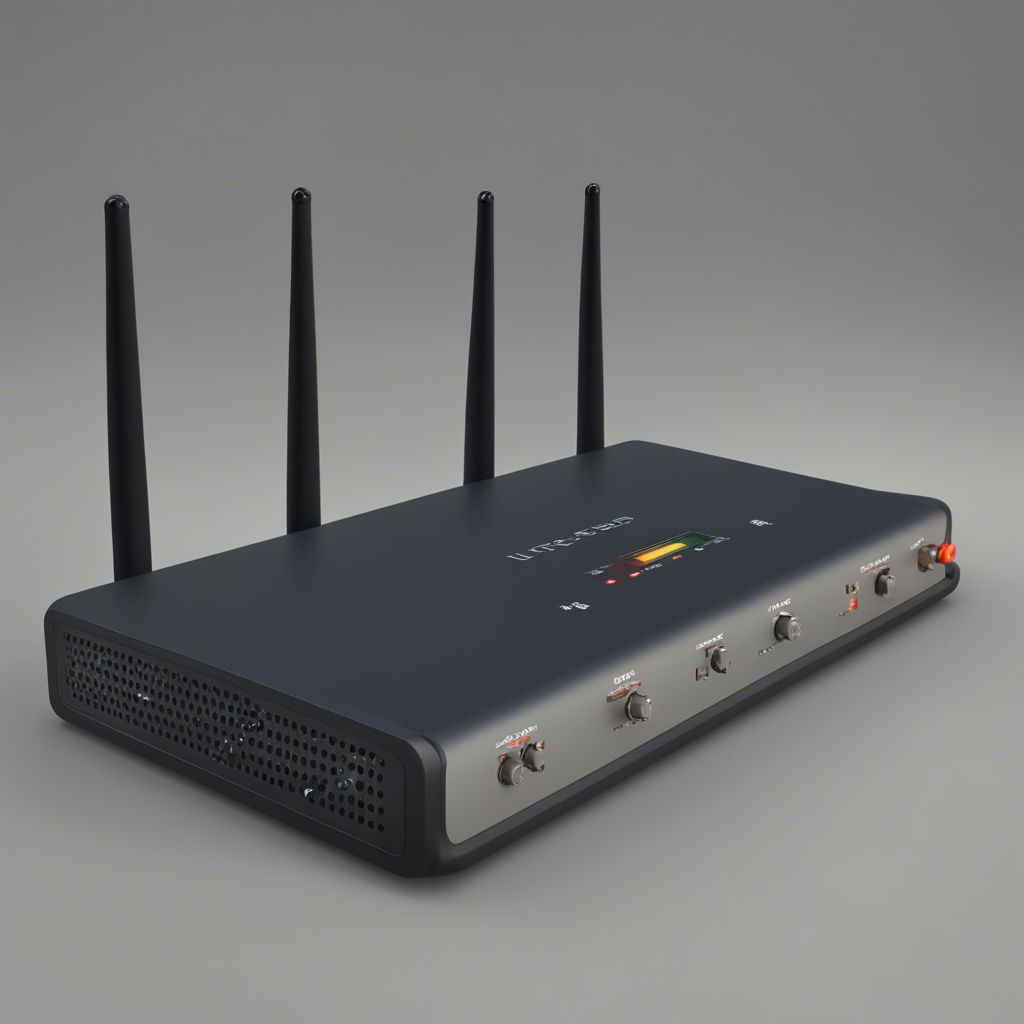
Getting the Most Out of Your Smart Home Devices
Living in a smart home is no longer a futuristic concept but a modern-day reality. Smart home devices, powered by Artificial Intelligence (AI) and Internet of Things (IoT) technology, have revolutionized the way we interact with our living spaces. From automated lighting and temperature control to voice-activated virtual assistants, these devices offer convenience, energy efficiency, and enhanced security. In this comprehensive guide, we will explore how you can optimize your smart home devices to make the most out of their capabilities.
1. Consider Your Needs
Before diving into the world of smart home devices, it’s crucial to assess your needs and prioritize your requirements. Each home and individual have unique preferences, so understanding what you expect from these devices will help you make informed decisions. Consider the following aspects:
-
Automation: Determine which areas of your home you’d like to automate. This might include lighting, temperature, security, entertainment systems, or even kitchen appliances. Prioritize based on your daily routines and activities.
-
Integration: Ensure compatibility between different smart devices. Check if they can communicate and work together seamlessly. This will prevent frustrations caused by incompatible systems.
-
Budget: Set a budget and research devices within your price range. Remember that while investing more might provide advanced features, it’s essential to strike a balance between cost and functionality.
2. Choose Reliable Brands
Selecting reputable and reliable brands is crucial to ensure the longevity and quality of your smart home devices. Opt for brands with a proven track record, positive customer reviews, and excellent after-sales support. Reputable brands offer compatibility with multiple platforms, ongoing firmware updates, and a wide range of compatible devices to expand your smart home ecosystem.
3. Enhance Security Measures
With the increasing prevalence of smart home devices, it’s vital to prioritize security. Take the following steps to protect your network and data:
-
Strong Passwords: Change default passwords. Utilize unique, complex passwords and enable two-factor authentication whenever possible.
-
Network Segmentation: Separate your smart home devices from your primary network. Create a guest network with limited access to mitigate potential security breaches.
-
Regular Updates: Keep all firmware and software up to date to ensure you have the latest security patches. Enable automatic updates to minimize the risk of vulnerabilities.
-
Secure Wi-Fi: Use WPA2 encryption for your Wi-Fi network and disable remote access to your devices if not necessary. Consider using a virtual private network (VPN) when accessing your smart home remotely.
4. Create Smart Scenes and Routines
Smart home devices allow you to create customized scenes or routines that automate multiple actions with a single command. For example, you can create a “Good Morning” routine that turns on the lights, starts brewing coffee, and adjusts the thermostat to your desired temperature. Explore the capabilities of your smart home hub or virtual assistant and set up routines that align with your daily routine.
5. Connect Voice Assistants
Integrating voice assistants, such as Amazon Alexa or Google Assistant, with your smart home devices enhances accessibility and convenience. Voice commands can be used to control lights, thermostats, locks, kitchen appliances, music systems, and more. Ensure compatibility with your existing devices, and explore the wide range of voice commands and options available.
6. Optimize Energy Efficiency
One of the significant advantages of smart home devices is their ability to optimize energy usage. Consider the following strategies to make your home more energy-efficient:
-
Smart Thermostats: Install a smart thermostat to regulate temperature based on occupancy and outside weather conditions. This will save energy by adjusting heating and cooling automatically.
-
Smart Lighting: Use smart bulbs or switches to control lighting and dimming based on occupancy or scheduled time. Motion sensors can also be integrated to turn off lights when no one is present.
-
Smart Power Strips: Replace conventional power strips with smart power strips that cut off standby power to devices that are not in use. This eliminates the “phantom” energy drain.
-
Energy Monitoring: Utilize smart plugs or energy monitoring devices to track the energy consumption of individual appliances. This awareness can help you identify energy-hungry devices and modify usage patterns.
7. Expand Your Smart Home Ecosystem
As you become accustomed to the benefits of smart home devices, consider expanding your ecosystem by adding new devices and functionalities. Some suggestions include:
-
Smart Security Systems: Install smart locks, door/window sensors, and security cameras to enhance the security of your home. Receive real-time notifications and access monitoring features remotely.
-
Smart Appliances: Look for smart refrigerators, ovens, washing machines, or dishwashers that offer advanced features like remote control, personalized settings, and energy-efficiency.
-
Smart Entertainment: Explore smart TVs, speakers, and sound systems that integrate with your virtual assistant for seamless audio and video experiences.
Conclusion
Smart home technology is continually evolving, and by taking full advantage of these devices, you can greatly enhance your daily life, security, and energy efficiency. Nevertheless, proper planning, thorough research, and careful evaluation of your needs are crucial before investing in any smart home device. Follow the tips mentioned in this guide to maximize the benefits of your smart home ecosystem.
Remember that smart home devices are not immune to bugs, vulnerabilities, or occasional connectivity issues. Stay informed, keep up with firmware updates, and always prioritize your privacy and security. With the right approach, you’ll be well on your way to enjoying the convenience, efficiency, and comfort that a smart home can provide.
References:
- Smith, Dan. “Creating a Secure Smart Home: A Practical Guide” (Website link)
- Thompson, Claire. “The Best Smart Home Devices of 2021” (Website link)
- Brown, Mike. “The Pros and Cons of Owning a Smart Home” (Website link)






